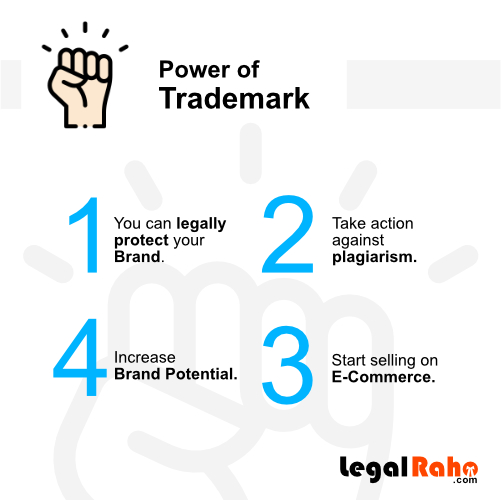How Trademark Helps Startups to Grow
Trademarking protect a brand's identity by providing legal rights, enhancing brand recognition, establishing trust, creating a competitive advantage, enabling expansion, and increasing investor confidence. By securing the brand's unique elements, trademarks contribute to brand growth...





Developing a strong brand identity is essential for creating brand recognition, building customer loyalty, and establishing a consistent and memorable brand experience. Protecting your hardwork and efforts for builidng brand identity is one the most important part of business management. Trademark is a channel or tunnel through which you cn get a way to protect your intellectual proprty assests.
What includes Brand Identity?
Logo
A logo is a visual symbol that serves as the primary identification of a brand. It is typically a unique and recognizable mark or emblem that embodies the essence of the brand.
Typography:
The choice of fonts and typography plays a crucial role in brand identity. Different fonts can convey various emotions and associations, and consistent typography helps maintain visual coherence across different brand materials.
Color palette:
Colors evoke emotions and have psychological associations. Brands select a specific color palette to reflect their personality and create a visual identity that resonates with their target audience.
Imagery and graphics:
The use of specific images, graphics, and visual elements can contribute to a brand's identity. These may include photography styles, illustrations, patterns, or icons that align with the brand's values and messaging.
Tone of voice:
The tone of voice represents the way a brand communicates with its audience. It encompasses the language style, vocabulary, and overall attitude conveyed through written and verbal communication.
Brand Morals:
This refers to the core messages, value propositions, and positioning statements that define the brand's unique selling points and differentiate it from competitors.
- Trademark is only valid for 10 years after registration.
- Trademark renewal must be filed before 6 moths of date of expiry.
- Trademark renewal helps your brand to increase protection, market value, and your business assets.